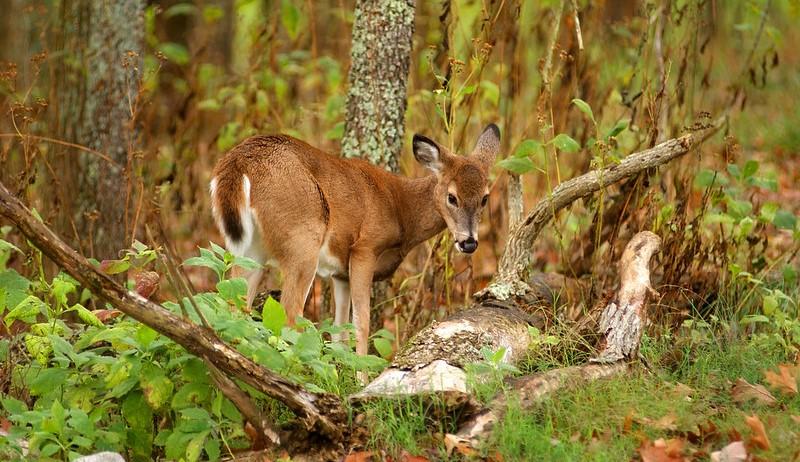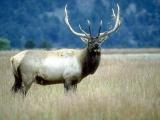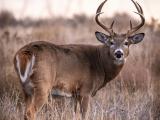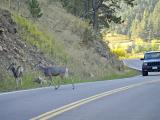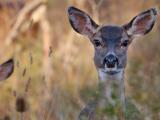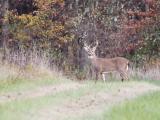Chronic wasting disease (CWD) had been detected for the first time in two Wisconsin counties, Polk in the northwest and Trempealeau in the west central region, part of continuing spread in a state that is battling the disease in both wild and captive deer populations.
In separate announcements yesterday, the Wisconsin Department of Natural Resources (DNR) confirmed the first positive result from a wild deer in Polk County and a wild deer in Trempealeau County. The Polk County deer is a 3-year-old doe that was harvested by a hunter in the town of Apple River, which is 10 miles from the Barron County border. The Trempealeau County deer is also a 3-year-old doe, which was harvested in the town of Hale.
Expanding CWD areas
The new positives lift the number of Wisconsin counties that have reported CWD or are considered "CWD affected" to 62 of 72. During the 2022-23 testing season, four counties reported their first CWD detections, according to the Milwaukee Journal Sentinel. During the same season, CWD turned up on deer farms in Dodge and Lincoln counties.
Wisconsin has been monitoring for CWD since 1999 and confirmed its first case in 2002.
The DNR said state law requires it to enact 3-year baiting and feeding bans in counties where CWD has been detected, as well as a 2-year ban in neighboring counties within 10 miles of a CWD detection.
In Polk County, the DNR and the Polk County Deer Advisory Council will host a public meeting on November 9 to provide information on CWD in Wisconsin, local testing options, and disease surveillance options that officials are considering. And officials urged hunters in Trempealeau, Jackson, and Eau Claire counties to help officials determine where CWD is occurring by having their deer tested.
CWD is a fatal prion disease, similar to bovine spongiform encephalopathy ("mad cow" disease) that affects deer and other cervids. The disease can spread among animals through direct contact or from exposure to prion-infected saliva, blood, feces, or urine.
Though the disease isn't known to have infected people, health officials urge people to avoid eating contaminated meat and to use precautions when field-dressing deer.
Safety tips for meat processors
In other CWD developments, the Minnesota Department of Agriculture (MDA) yesterday published CWD safety tips for meat processers that handle deer carcasses.
For example, when hunters drop off their deer, processors should ask if the carcass has been tested or sampled for CWD. If the deer has been tested and the results are still pending, the MDA urges hunters to hold the carcass or venison until results are available; to debone the carcass at the end of the production day, separating and holding trim until the results are available; or to divide the carcass into primal cuts and store until results are available.
Also, the MDA urged processors to keep tested deer away from other deer, using methods to avoid cross-contamination.
Processors should discuss with hunters about whether they still want the meat if samples test positive for CWD. Unwanted CWD-positive carcasses should be disposed of according to Minnesota DNR disposal requirements. If hunters want to keep the meat from a CWD-positive deer, processors should process it separately from others, paying strict attention to cleaning and sanitation guidelines and not batch the meat with other carcasses or trim.
When hunters are required to sample the deer and haven't done so, such as for animals harvested in CWD management and surveillance zones, the MDA recommends not accepting the deer and telling hunters about DNR testing requirements and referring them to DNR wildlife contacts.
